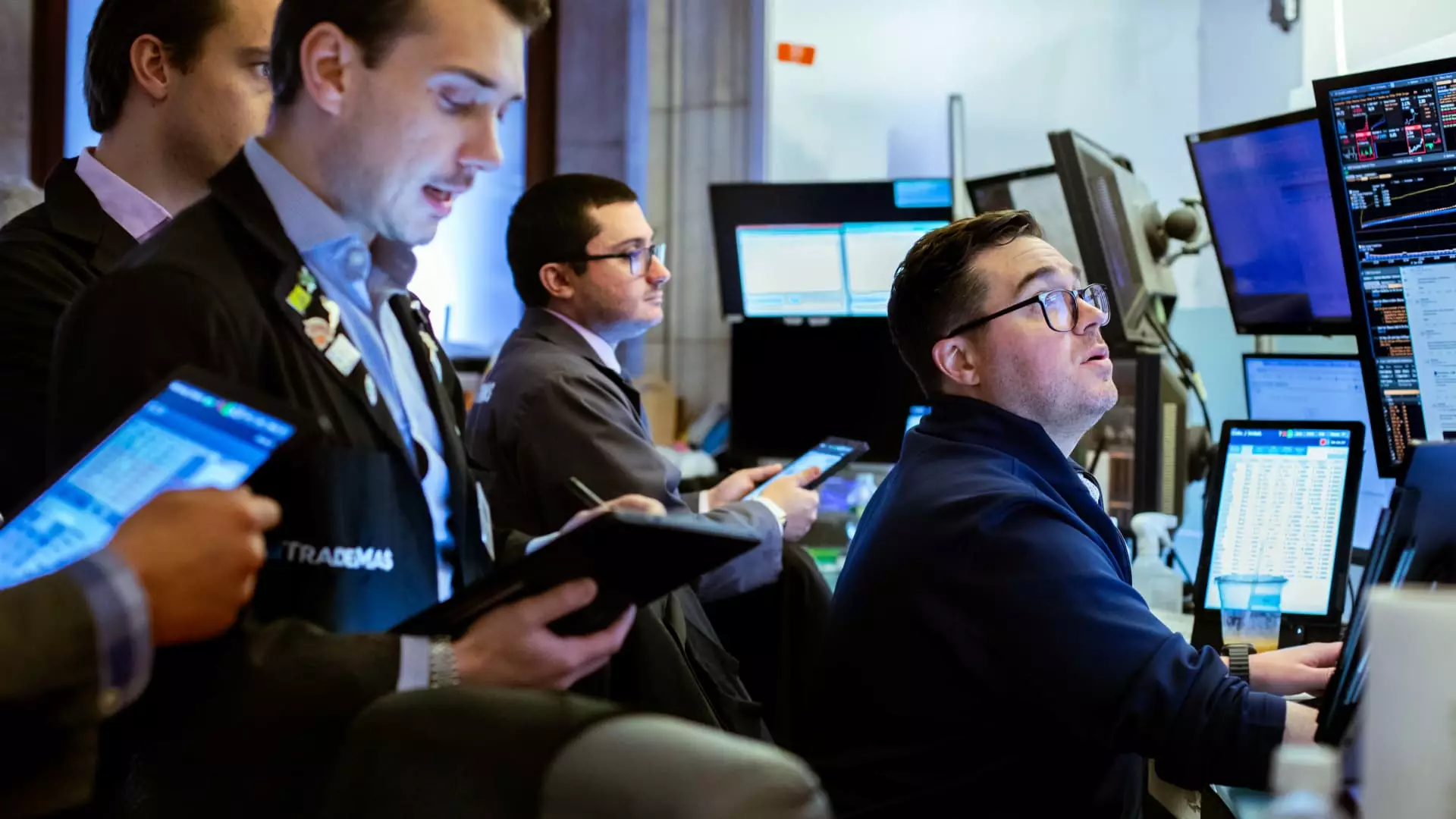In a remarkable display of resilience, the S&P 500 has navigated seemingly insurmountable challenges, coming perilously close to setting a new record. This revival is not just a fleeting moment of triumph; it reflects the underlying dynamics of the market and the shifting sentiments that drive investor confidence. As the market climbed 0.8% to close at 6,141.02—a mere whisper away from its all-time high of 6,147.43—one can’t help but wonder how this wave of positivity contradicts the prevalent narrative of doom. It raises questions about the effectiveness of the economic policies advocated by the current administration, and whether they can really maintain this momentum amid persistent uncertainties.
The Tariff Fiasco Unraveled
One of the defining stories of this remarkable recovery has to be the evolving narrative surrounding tariffs and trade relations. White House spokesperson Karoline Leavitt’s dismissal of impending tariff deadlines could very well be the catalyst that swung the pendulum back in favor of the bullish sentiment. By downplaying the significance of July’s so-called “liberation day” tariffs—set to take effect after a 90-day pause—she not only quelled market fears but also reinforced a broader belief that President Donald Trump would maneuver through these crises without imposing the draconian measures that many markets had feared. The ramifications of this “it’s not that critical” mentality might extend far beyond the trading floor, influencing how businesses plan their strategies amidst evolving economic conditions.
Artificial Intelligence: The Unexpected Savior?
It’s fascinating to observe how certain sectors, particularly technology, have spearheaded this unexpected recovery. Companies like Nvidia, which has recently reached new heights, have been pivotal. With Nvidia’s stock soaring nearly 80% since its April lows—proving initial concerns over competition and investment to be vastly overstated—investors seem to have rediscovered their appetite for risk. This renewed confidence in technology stocks not only buoyed indexes but also rekindled conversations about the future of AI and its capacity to revolutionize industries. However, we should approach these rapid advancements with caution, reflecting on the ethical dilemmas and job displacements that the AI boom may bring. The market’s optimism could, in fact, be its own double-edged sword.
Geopolitical Underpinnings and Economic Stability
Amidst the market’s celebration, the geopolitical landscape remains intricately linked to economic performances. The tenuous ceasefire between Israel and Iran might provide temporary relief, but the underlying tensions could flare at any moment. Trump’s announcements about potential meetings between U.S. officials and Iranian representatives hint at a diplomatic effort, yet these negotiations could also backfire. In the world of finance, where uncertainty and trepidation reign supreme, the potential resurgence of hostilities could knock the market off-kilter.
Moreover, the plummeting oil prices bring a complex layer to this story. Lower oil prices typically signify a decrease in inflationary pressures, which should foster a more stable economic environment. However, this situation also brings forth the contention that a stable economy doesn’t simply hinge on oil prices. Factors such as labor market stability, corporate earnings, and consumer confidence play far more substantial roles in sustaining market growth. The recent increase in jobless claims might have lowered fears temporarily, but one cannot overlook the broader implications these figures have on public sentiment and economic forecasting.
A Cautious Optimism in Center-Left Ideals
As we dissect the ongoing optimism dominating the financial headlines, it is worthwhile to consider the role of policies. The current administration’s pursuit of ‘less regulation’ and a shift from austerity to stimulus must be examined critically. While each indicates a movement toward revitalization, it is essential to champion ethical governance and transparent policymaking that ensures sustainable growth rather than transient gains. A center-left approach may advocate for balance—recognizing the need for economic growth while also safeguarding the interests of workers who often get sidelined in the rush for profits.
In the end, this latest market trajectory feels less like a victory lap and more like a precursory dance on a tightrope. Enthusiasm is palpable, yet the specters of previous market instability loom large. The tension between robust gains and prevailing fears fosters an environment steeped in both hope and anxiety—an indication of how precarious this balance truly is. The future, while seemingly bright, demands an unwavering commitment to not only bolster economic growth but to ensure equity for all constituents involved.

Leave a Reply